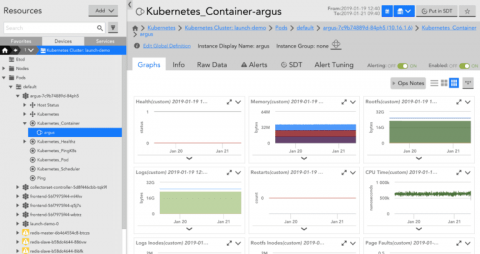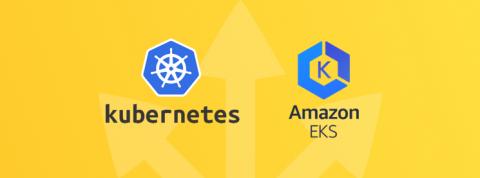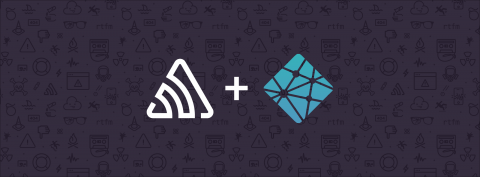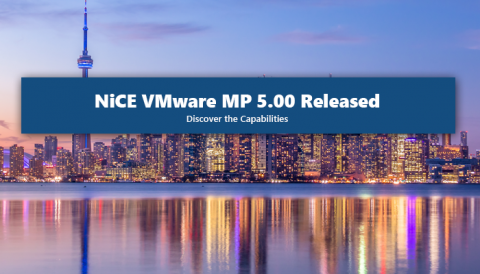Operations | Monitoring | ITSM | DevOps | Cloud
Latest Posts
Curious about Opsgenie Security? We're Here to Help
When evaluating new software for your business or team many questions may come to mind. How much does it cost? Is it scalable as we grow? Does it fulfill all of our requirements? Or most importantly, if we introduce this tool into our business, is it secure? Perhaps you’re new to Opsgenie and the functionality is exactly what you need but security is a concern.
How to Monitor GKE with LogicMonitor
Google Kubernetes Engine (GKE) is a managed Kubernetes service that makes it possible to run Kubernetes clusters without managing the underlying infrastructure. With GKE, DevOps teams can scale and deploy applications faster with Kubernetes, while spending less time on cluster maintenance and configuration. Obtaining enough insight into GKE is key to proactively preventing downtime and maximizing application performance.
Deploying a Kubernetes Cluster with Amazon EKS
There’s no denying it — Kubernetes has become the de-facto industry standard for container orchestration. In 2018, AWS, Oracle, Microsoft, VMware and Pivotal all joined the CNCF as part of jumping on the Kubernetes bandwagon. This adoption by enterprise giants is coupled by a meteoric rise in usage and popularity. Yet despite all of this, the simple truth is that Kubernetes is hard.
How HTTP Toolkit Debugs Netlify Errors with Sentry
Netlify functions are a quick, easy and powerful tool, but like most serverless platforms, they can be even more difficult to debug and monitor than traditional server applications. It’s a hard environment to precisely recreate locally, there’s no machine you can SSH into in a pinch, and no built-in error notifications. Your code is going to break eventually, and you need the tools to fix it.
Kubernetes: Securing API Access From the Outside Via Role-Based Access and Strong Authentication
This is the first of a series of three articles focusing on Kubernetes security: the outside attack, the inside attack, and dealing with resource consumption or noisy neighbors.
7 non-negotiable security practices for any cloud product
NiCE VMware MP 5.00 Released
Get the complete picture of the health and performance of your business critical VMware environments. The NiCE VMware Management Pack delivers first-rate monitoring for your business critical, highly dynamical virtualized environments. Even overcoming the specter of global VMware service outages is now viable. Leverage your existing investment, reduce costs, save time and build efficiencies that will last beyond your expectations.
Why Your Business Needs a 'Wrapper' to Transform Itself
To connect every team in your organization, you need a 'wrapper' that ties the entire organization together, including the lines of business.
Successfully Deploying AIOps, Part 1: Deconstructing MTTR
Quantifying the value of successful AIOps deployment requires tracking subsidiary metrics within the industry default of mean time to resolution (MTTR). This post breaks out the metrics that form MTTR and divides them into two categories: problem and solution.










